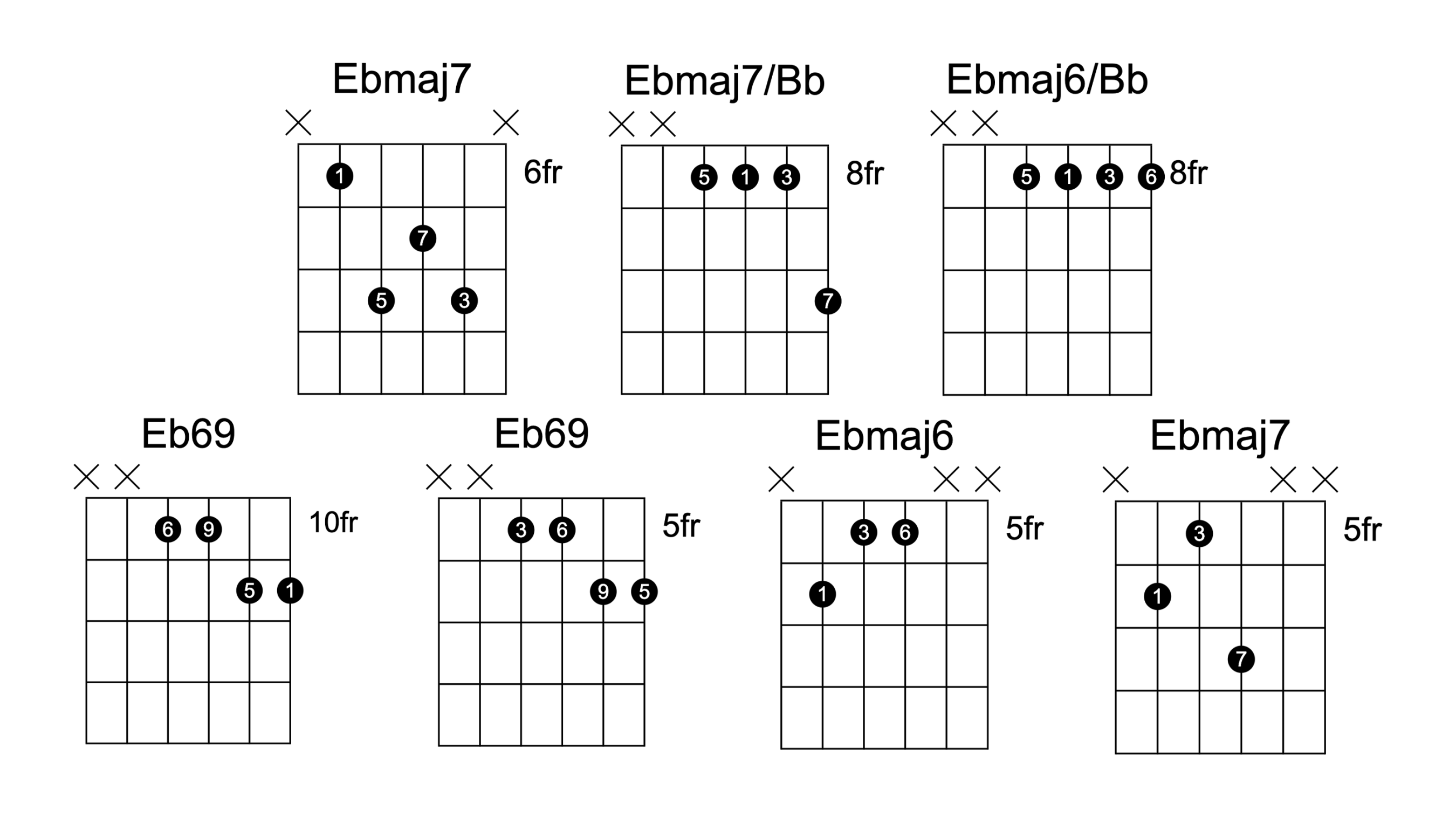—
Diving Deep into Soul Guitar Chord Progressions
Soul music, with its rich tapestry of emotion and groove, holds a special place in the hearts of music lovers. And at the heart of many soul classics lies a beautifully crafted chord progression, often played on a warm, inviting guitar. If you’re looking to add that soulful touch to your own playing or writing, understanding these progressions is essential. Let’s explore the key elements and common patterns that define the soulful guitar sound.
Soul music often relies on a foundation of smooth, flowing chords. It’s not about flashy riffs or blistering solos, but about creating a harmonic bed that supports the vocal melody and overall feel of the song. This means focusing on chord voicings that are warm and full, often using inversions and extensions to create a sense of movement and depth.

Common Chord Types in Soul
Soul progressions frequently employ major and minor chords, but they’re often spiced up with sevenths, ninths, and even thirteenths. These extensions add a layer of sophistication and richness that’s characteristic of the genre.
Major 7th chords (e.g., Cmaj7, Gmaj7) bring a smooth, mellow quality.
Popular Soul Chord Progressions
Certain progressions appear time and again in soul music, forming the backbone of countless classic songs. Here are a few examples:
I-vi-IV-V: This is a fundamental progression in many genres, but in soul, it’s often played with extended chords and a slower tempo, creating a smooth, soulful feel. For example, in the key of C, this would be Cmaj7-Am7-Fmaj7-G7.
The Importance of Inversions and Voicings
Beyond the basic chord types, the way you voice these chords is crucial in soul guitar. Inversions—playing the chords with different notes in the bass—can create smoother transitions and a more flowing feel.
For example, instead of playing a standard Cmaj7, you might play it with the E in the bass, creating a Cmaj7/E.
Rhythm and Feel
Soul guitar isn’t just about the chords themselves, but also about the rhythm and feel. A laid-back, groovy rhythm is essential. Often, guitarists will use a combination of strumming and fingerpicking to create a smooth, rhythmic texture.
Think about the subtle nuances of the rhythm, the slight variations in timing and dynamics that add character and soul.
Listening and Learning
The best way to learn soul guitar progressions is to listen to classic soul records and analyze the guitar parts. Pay attention to the chord voicings, the rhythm, and the overall feel. Break down the songs into their component parts and try to recreate them on your own guitar.
Artists like Marvin Gaye, Stevie Wonder, and Aretha Franklin are great sources of inspiration.
Expanding Your Soul Guitar Vocabulary
Don’t be afraid to experiment and create your own variations on these common progressions. Try adding your own personal touch by incorporating different chord voicings, rhythms, and embellishments.
Explore different keys and see how the progressions sound in different contexts.
Conclusion
Mastering soul guitar chord progressions is a journey of exploration and discovery. By understanding the common chord types, progressions, and voicings, and by listening to the masters, you can develop your own soulful guitar style. Remember, it’s not just about playing the right chords, but about playing them with feeling and groove. Soul guitar is about creating a warm, inviting sound that touches the heart and moves the soul. So, pick up your guitar, start experimenting, and let the soulful sounds flow.

